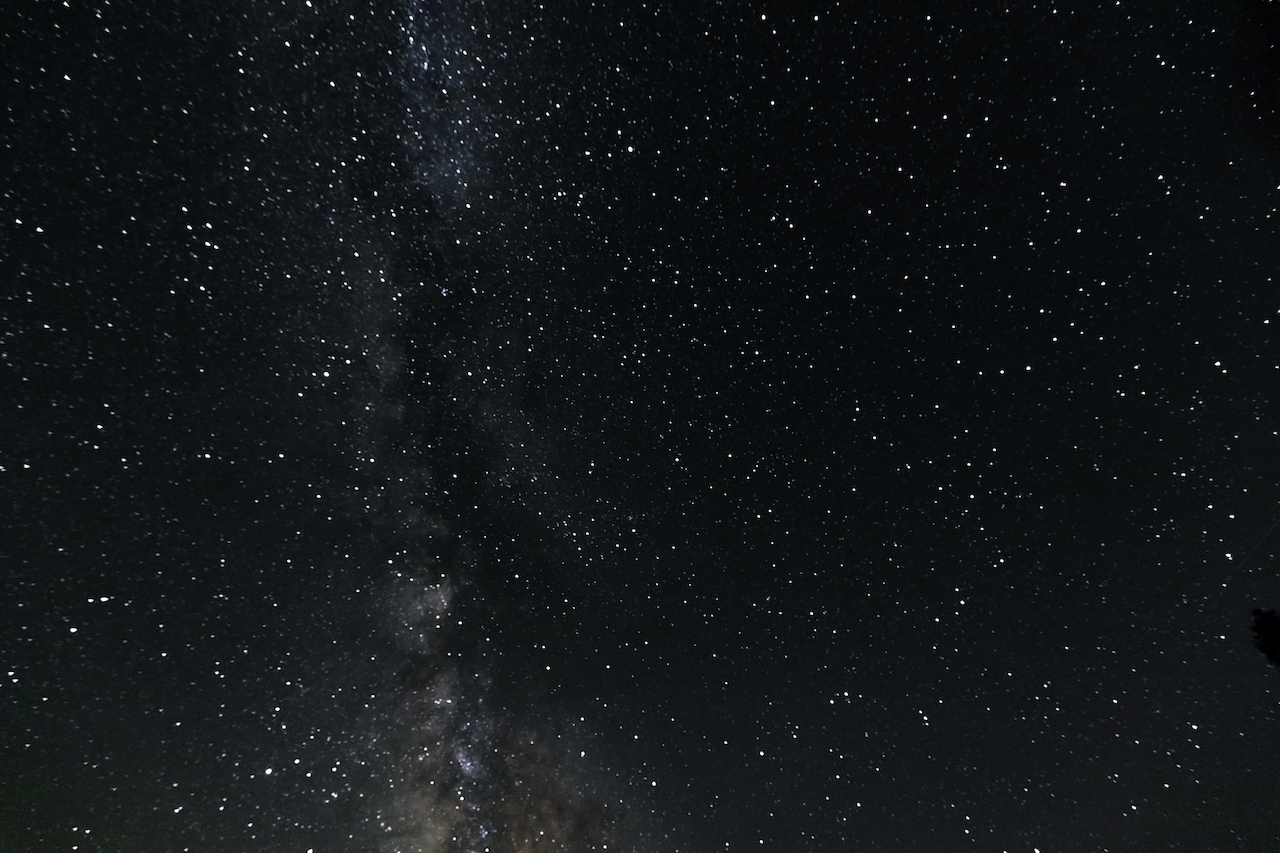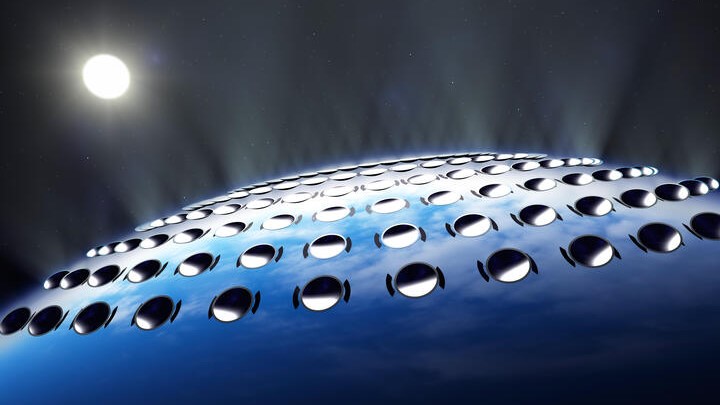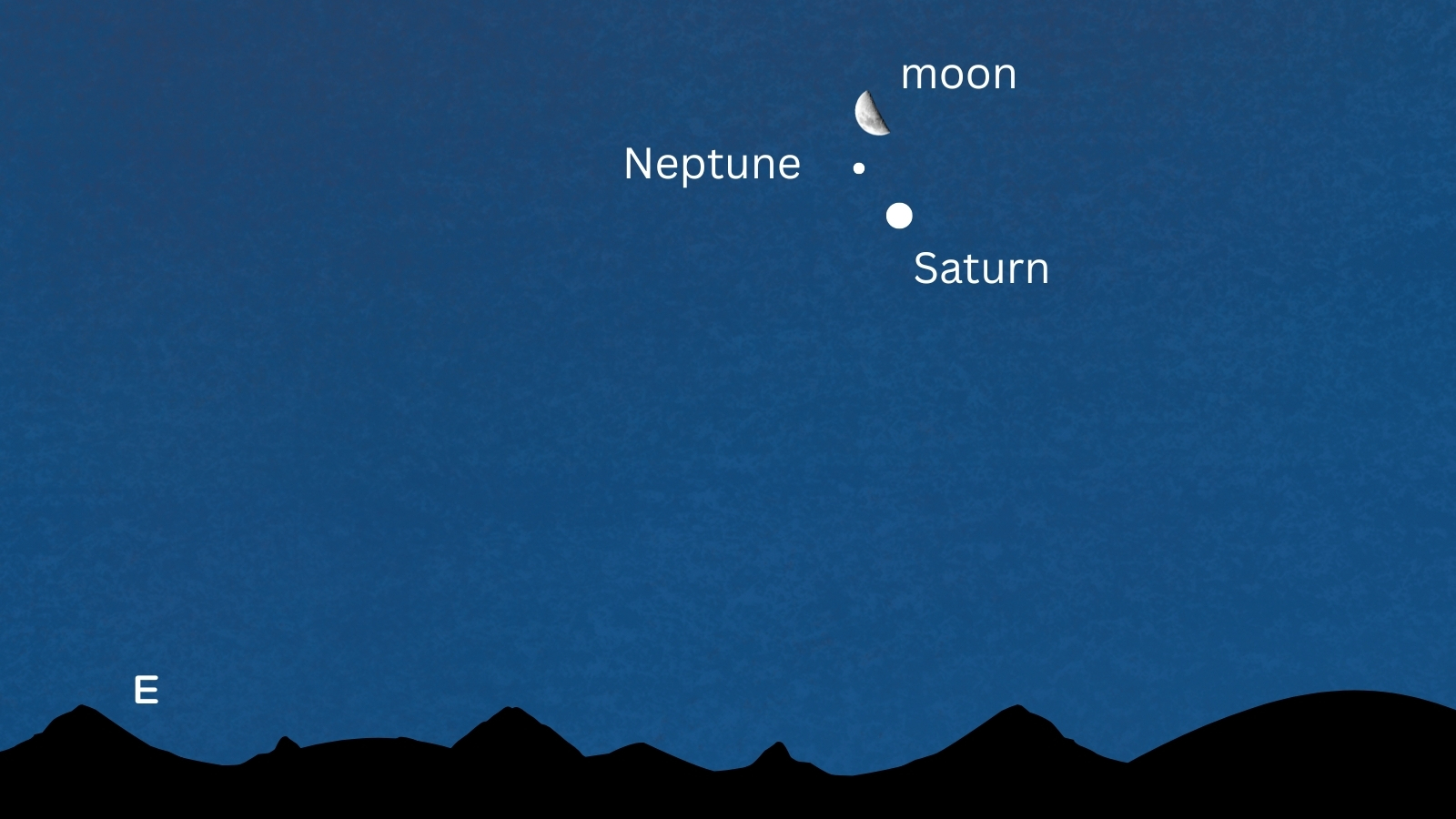
Ailsa Harvey
Ailsa is a staff writer for How It Works magazine, where she writes science, technology, space, history and environment features. Based in the U.K., she graduated from the University of Stirling with a BA (Hons) journalism degree. Previously, Ailsa has written for Cardiff Times magazine, Psychology Now and numerous science bookazines.
Latest articles by Ailsa Harvey
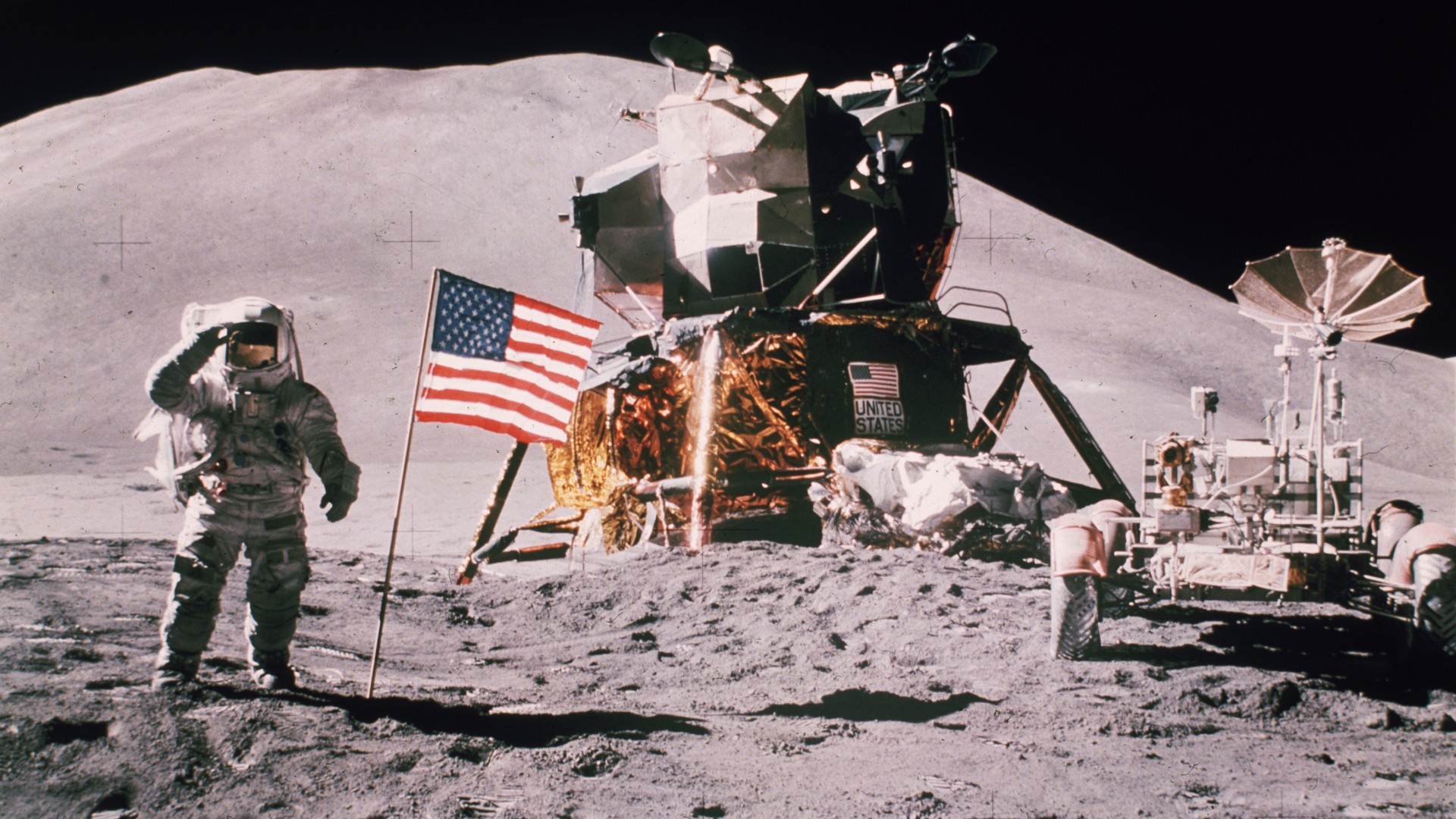
25 biggest space conspiracy theories: Debunked
By Ailsa Harvey published
Here we debunk some of the most common and enduring space conspiracies.
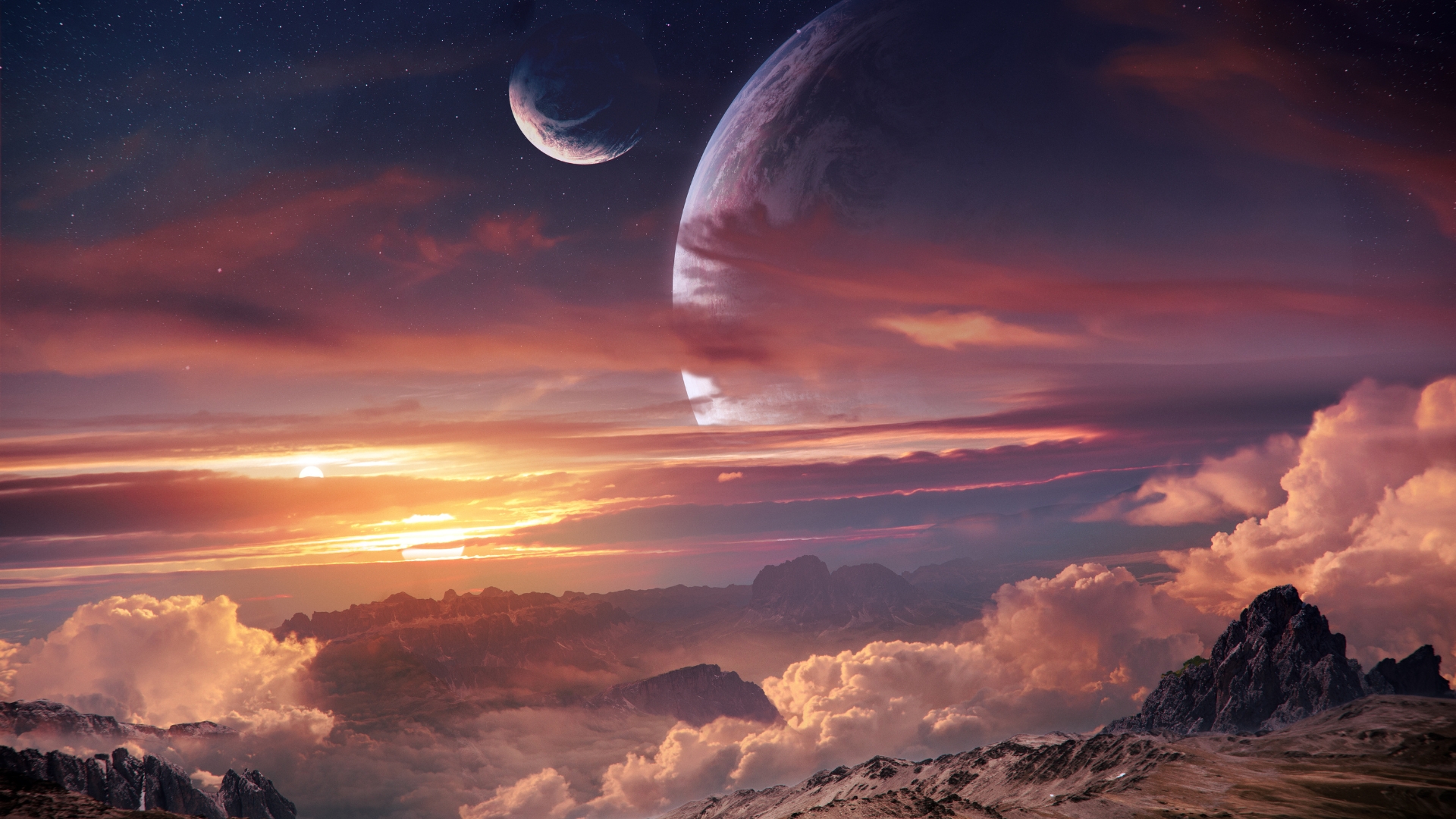
The 10 most Earth-like exoplanets
By Elizabeth Howell, Ailsa Harvey last updated
Reference Scientists have found more than 5,000 exoplanets since the first such world was confirmed orbiting a sunlike star in 1995. We explore the ones most similar to Earth.
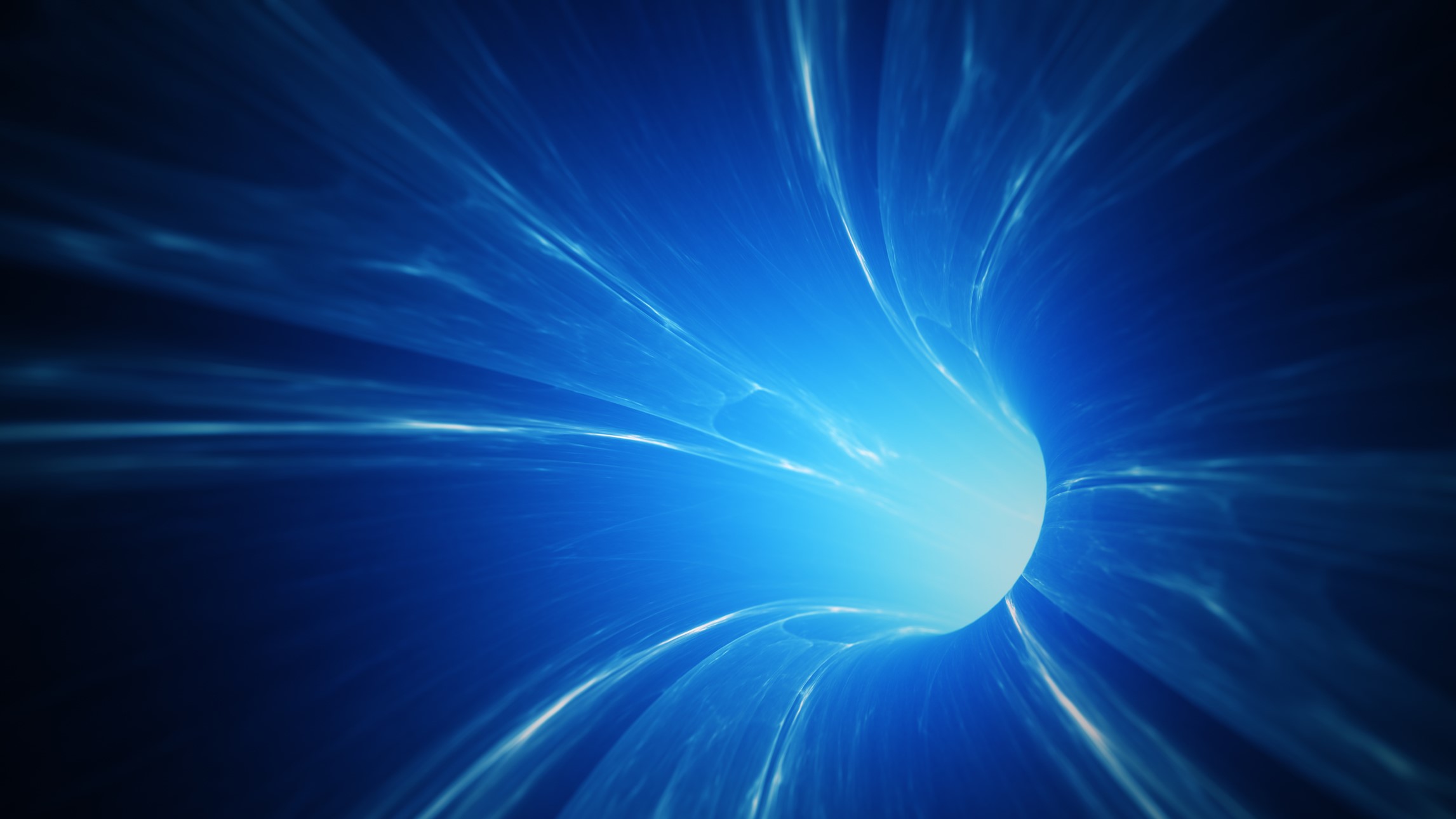
What are wormholes?
By Nola Taylor Tillman, Ailsa Harvey last updated
Reference The wormhole theory postulates that a theoretical passage through space-time could create shortcuts for long journeys across the universe.
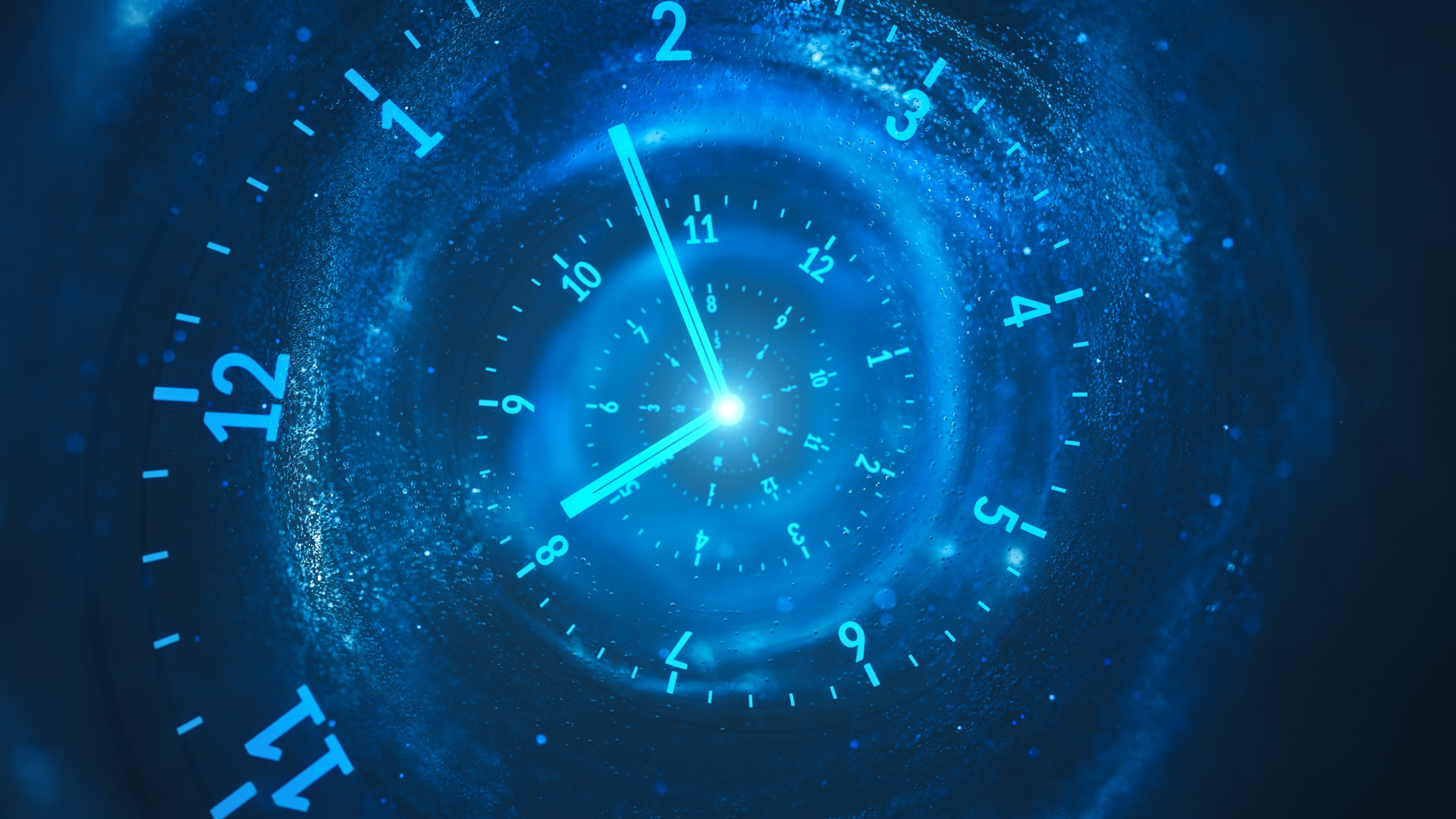
Time travel: Is it possible?
By Vicky Stein, Ailsa Harvey last updated
Reference You are time-traveling right now, but how does real time travel differ to that of science fiction? Here, we explore some of the theories behind time travel and the science that supports time-bending.

Sirius: The brightest star in Earth's night sky
By Elizabeth Howell, Ailsa Harvey last updated
Reference Sirius has been the shiniest star in the sky for a long, long time.
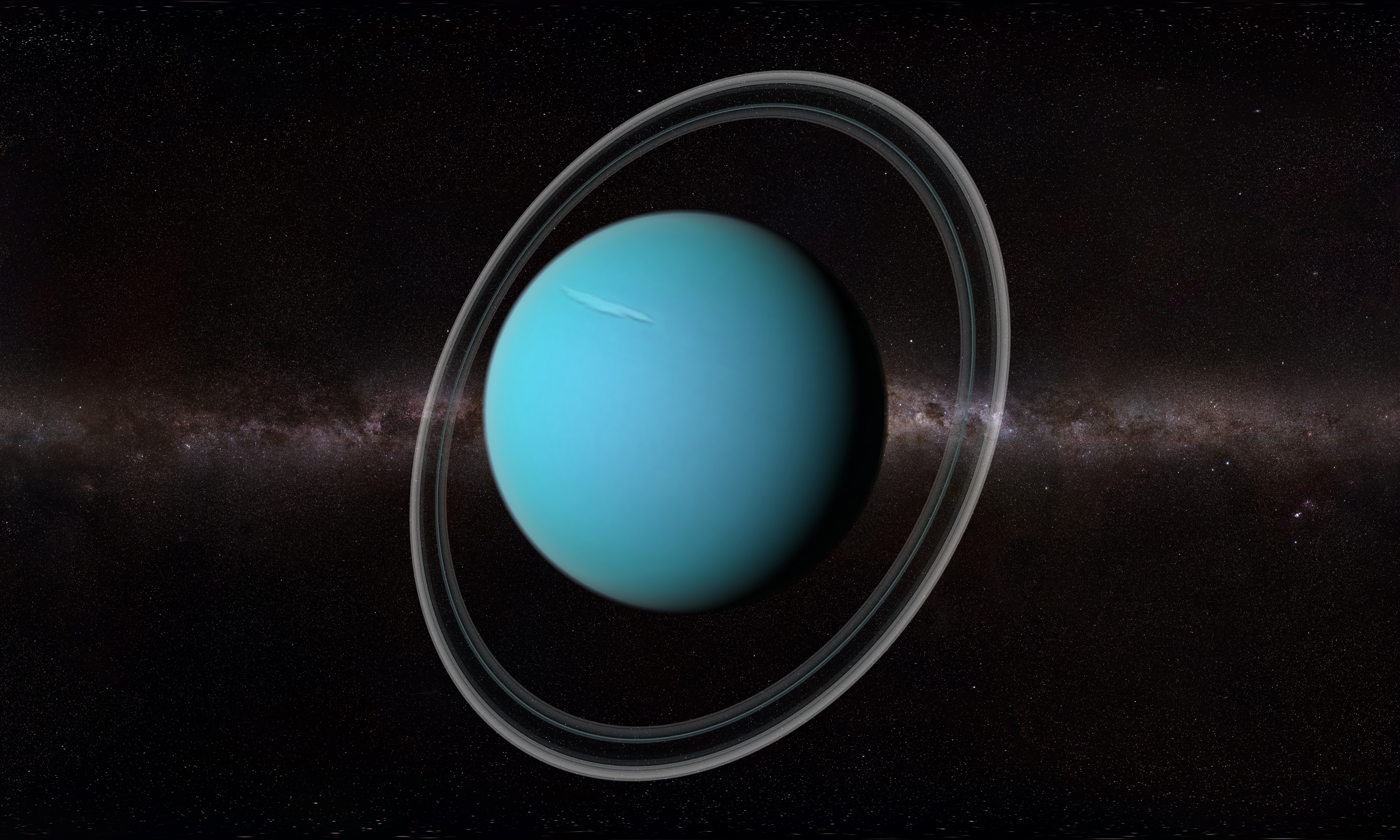
Uranus: Everything you need to know about the coldest planet in the solar system
By Charles Q. Choi last updated
Reference Uranus is the seventh planet from the sun and was the first to be discovered with a telescope. We explore this ice giant in more detail here.

Planet Earth: Everything you need to know
By Charles Q. Choi, Ailsa Harvey last updated
Reference Earth is the only planet known to support life. Learn about what Earth is made of and where it came from.
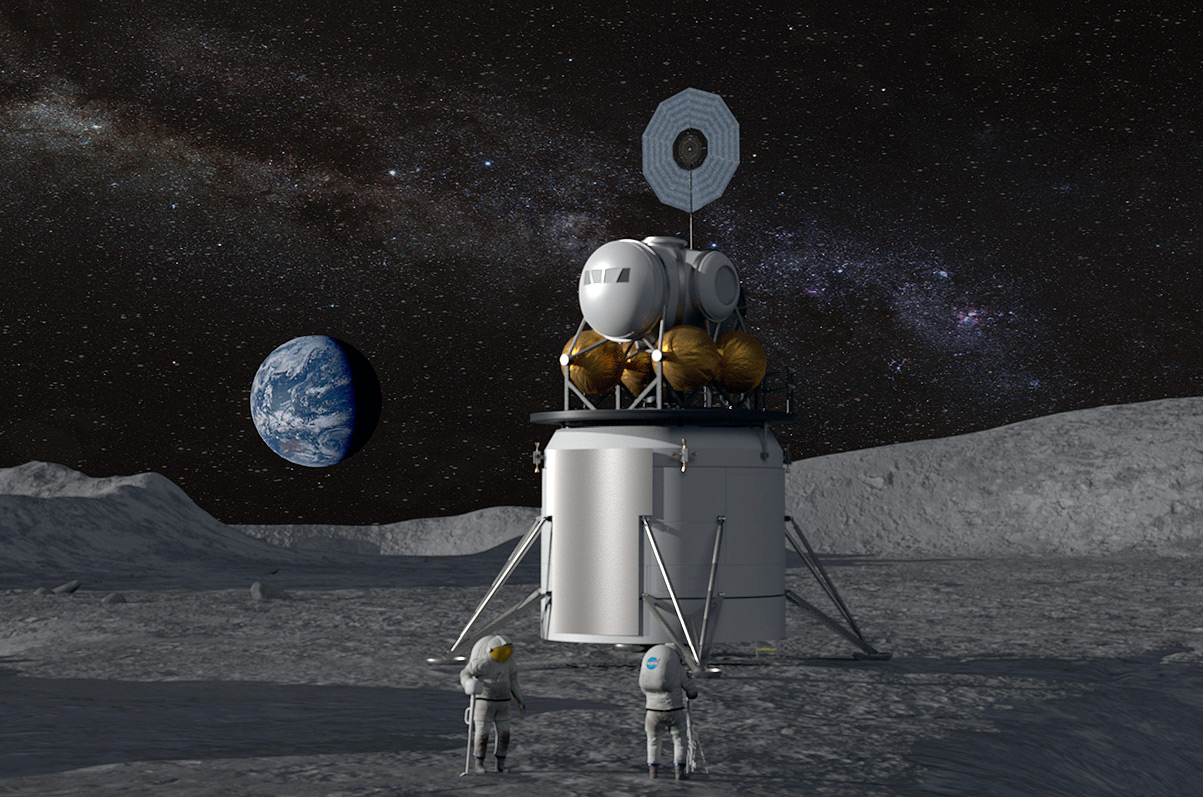
NASA's Artemis program: Everything you need to know
By Ailsa Harvey, Adam Mann last updated
Reference Artemis is NASA's plan to go back to the moon.

GPS: Everything you need to know about the space-based technology keeping us on track
By Mike Wall, Ailsa Harvey published
Reference We GPS all the time but how does it work and why was it invented? Here we explore this vital space-based technology.
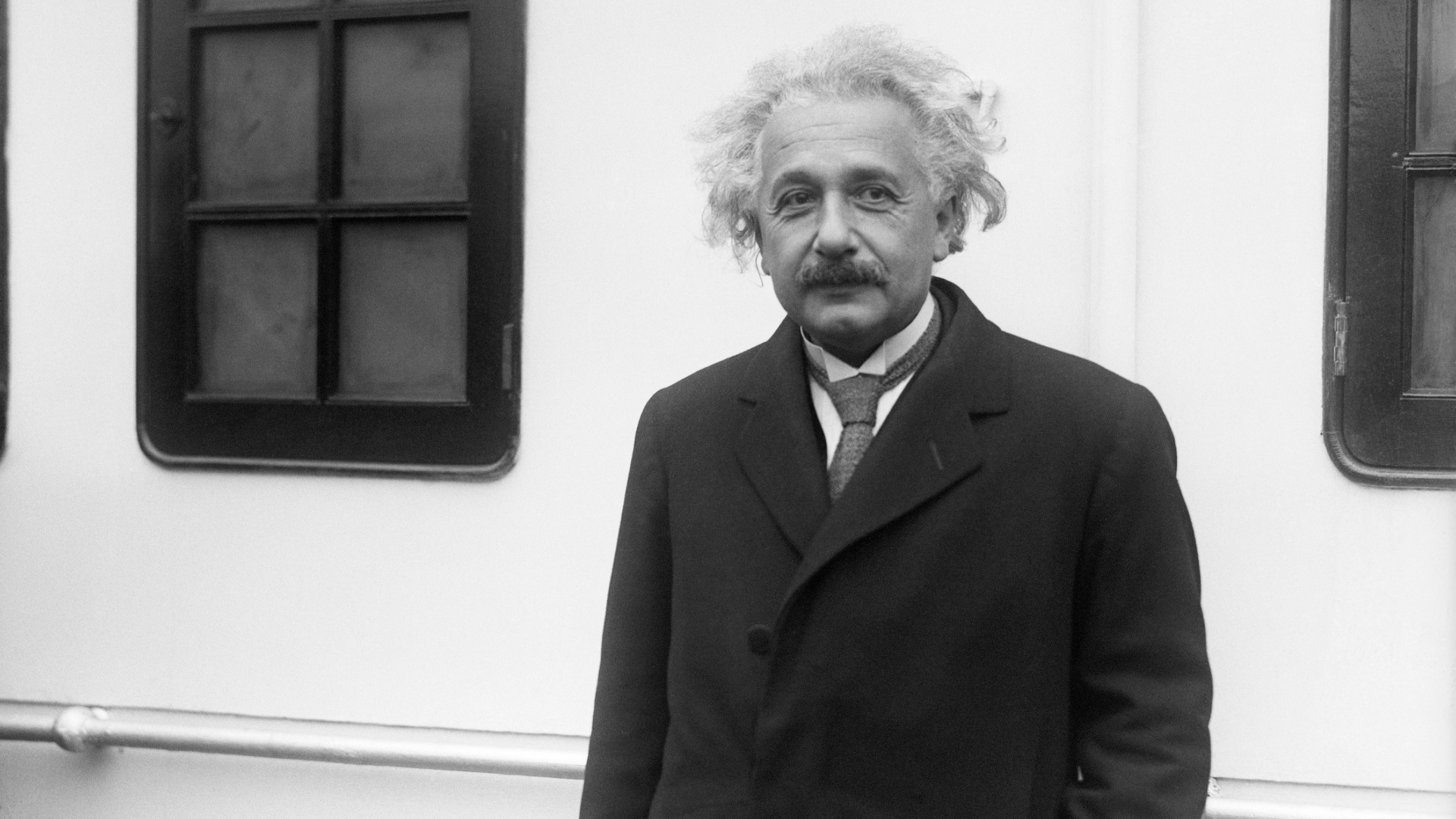
Albert Einstein: His life, theories and impact on science
By Elizabeth Howell, Ailsa Harvey last updated
Reference Albert Einstein profoundly changed physics and ideas about space and time. Learn more about his life, theories and scientific impact.
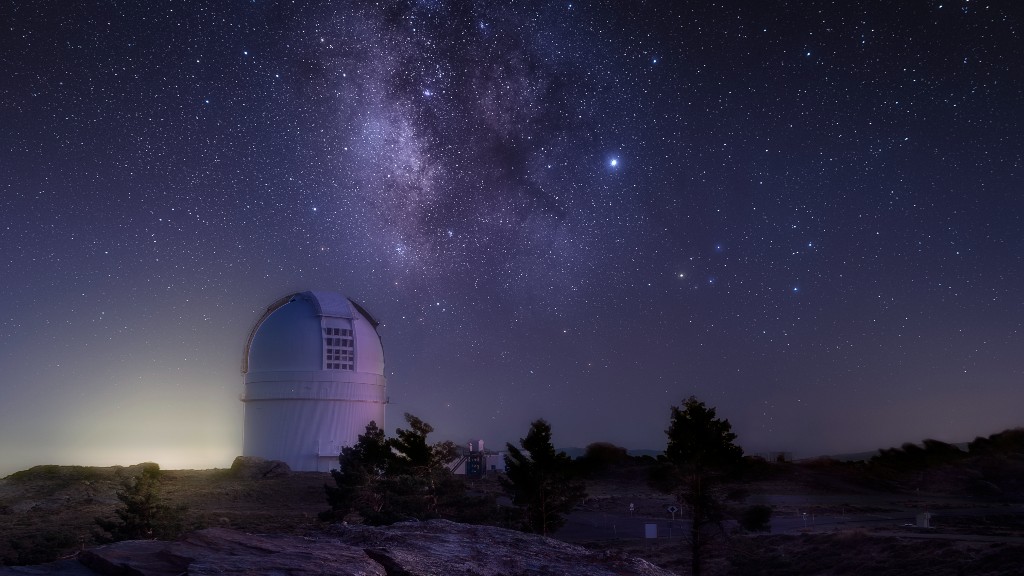
The 10 biggest telescopes on Earth
By Ailsa Harvey published
Reference How do the biggest telescopes on land measure up in size, construction and discoveries?
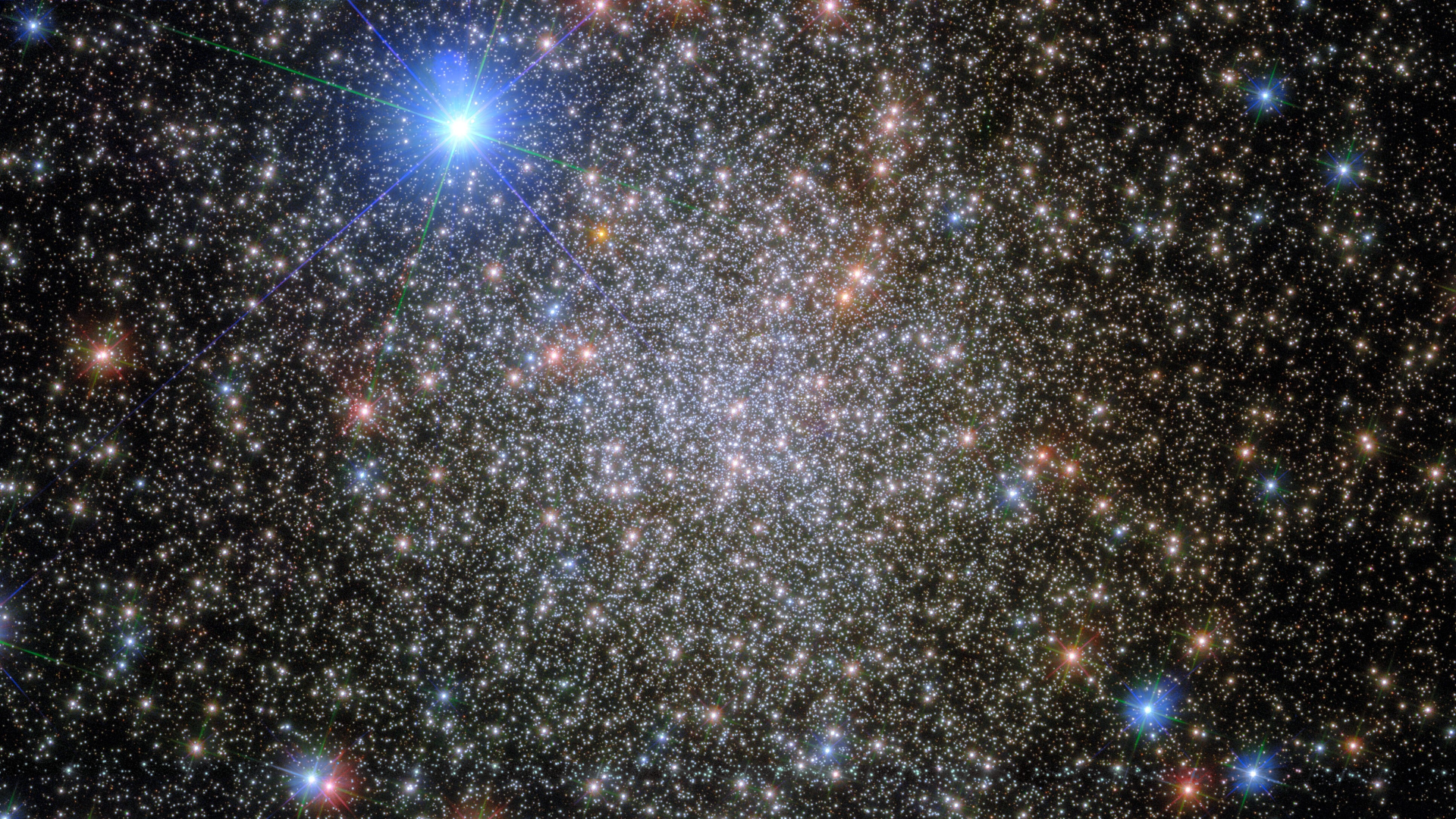
Stars: Facts about stellar formation, history and classification
By Charles Q. Choi, Ailsa Harvey last updated
Reference Learn how stars form, how stars and constellations are named, what happens when stars like our sun evolve, and ultimately, die.

James Webb Space Telescope's 1st stunning photo is now a dress
By Ailsa Harvey published
You can now add the deepest infrared image of the universe to your wardrobe.

The moon photobombs a sunset in this otherworldly solar eclipse image
By Ailsa Harvey published
A partial solar eclipse coincided with sunset in April 2022. This image tracks the movements of the sun and eclipse stages.
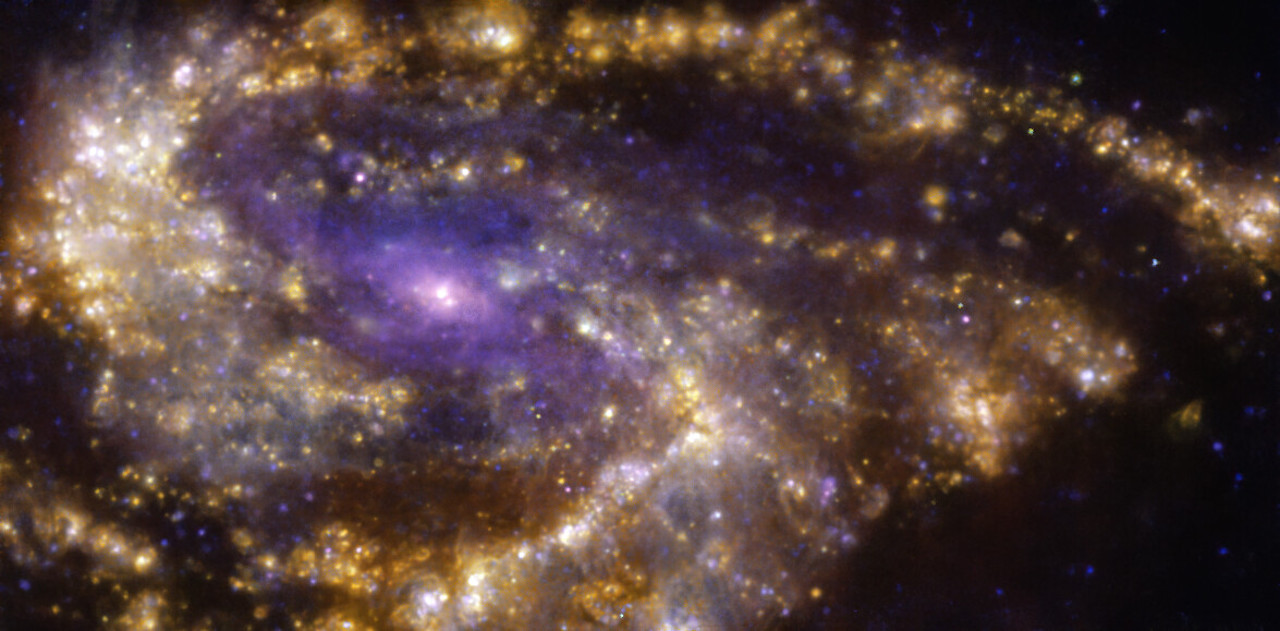
This spiral galaxy looks positively royal in vibrant new image
By Ailsa Harvey last updated
Using a full spectrum of wavelengths, observations of the Messier 66 galaxy shows the distribution of ionized gasses.
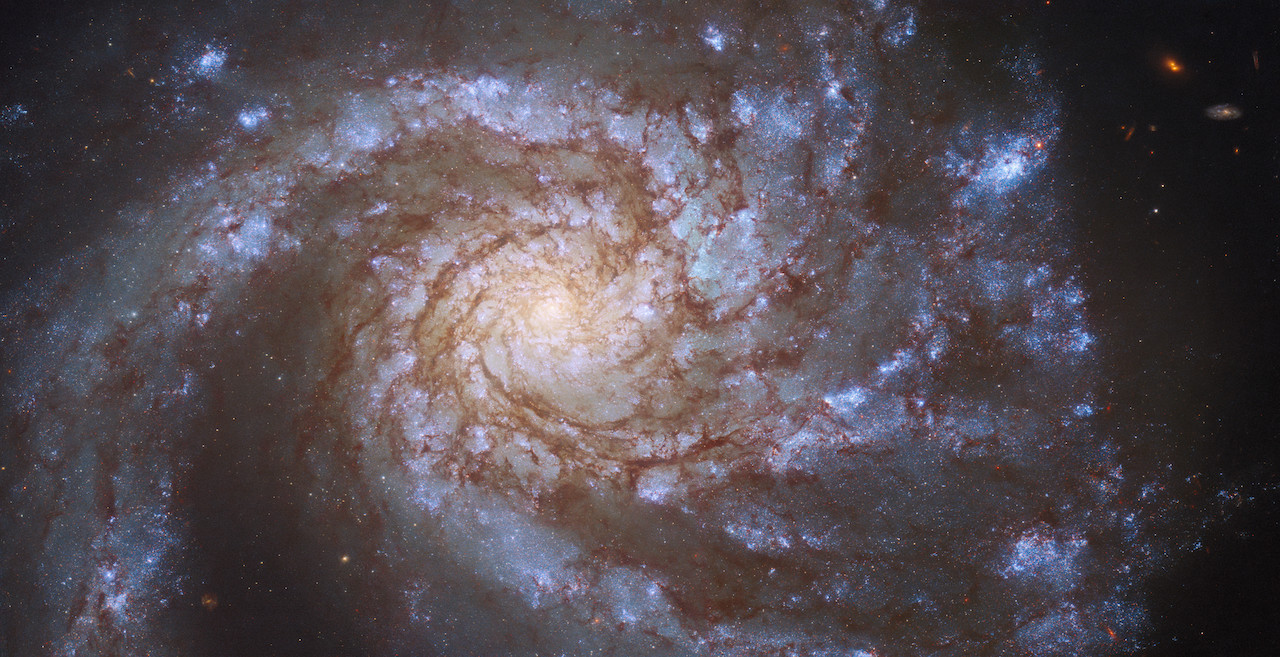
Hubble Space Telescope spots 'grand design' galaxy in stunning new image
By Ailsa Harvey published
The Hubble Space Telescope's Wide Field Camera 3 revealed spectacular details of this spiral galaxy over 42 million light-years away from Earth.

Inflatable Venus drone, Mars spacesuits and more: NASA picks far-out tech concepts for future study
By Ailsa Harvey published
The NASA Innovative Advanced Concepts (NIAC) program is funding a range of space tech studies in early development. In the future, they could assist space missions.
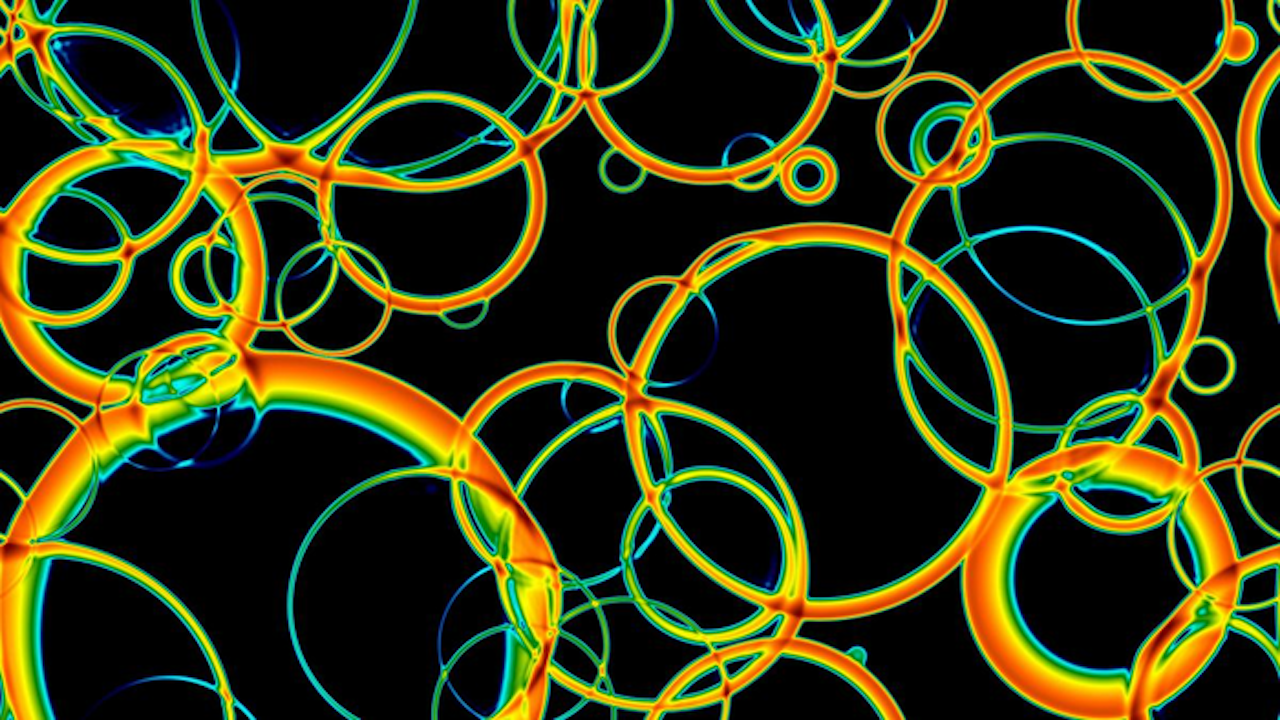
Upcoming satellite mission may 'see' how early universe cooled
By Ailsa Harvey published
As the early universe cooled shortly after the Big Bang, bubbles formed in its hot plasma, triggering gravitational waves that could be detectable even today, a new study suggests.
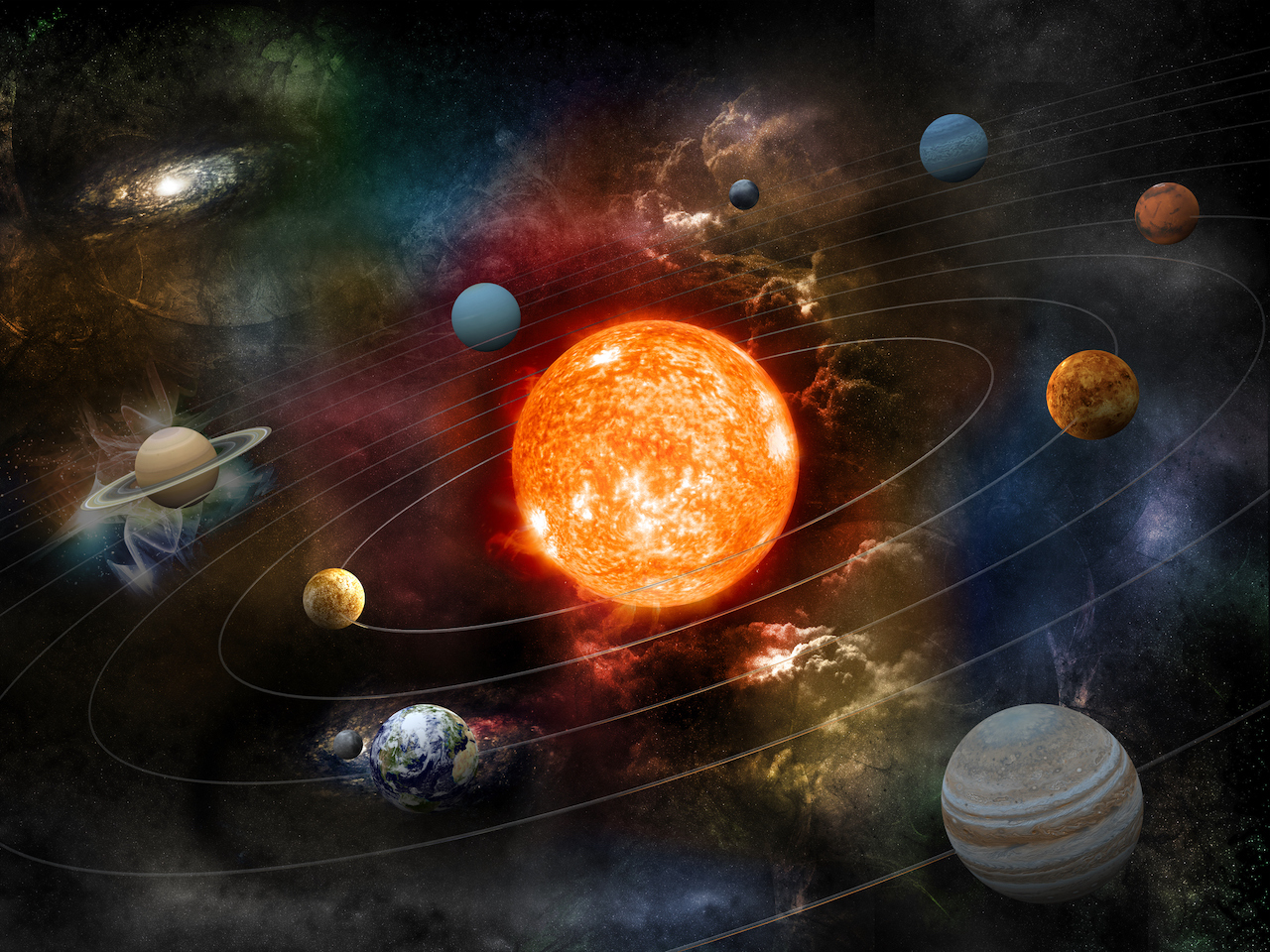
Heliocentrism: Definition, origin and model
By Ailsa Harvey published
Reference Heliocentrism places the sun at the center of the Solar System. This is the history of how scientists discovered our place and in the Solar System.
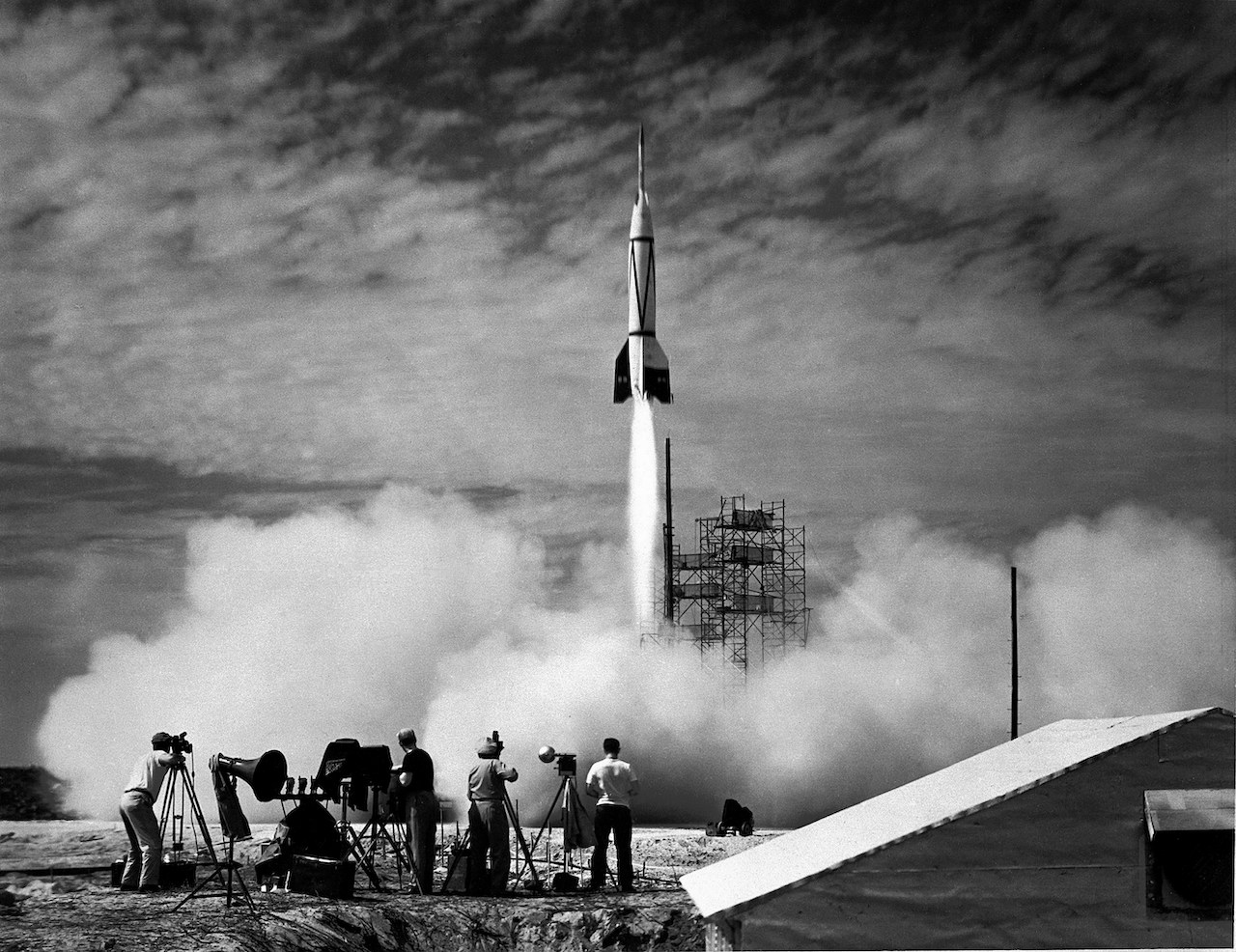
V2 rocket: Origin, history and spaceflight legacy
By Ailsa Harvey published
Reference The V2 rocket was the world's first liquid-propellant rocket. After claiming thousands of lives, how did it become a revolutionary breakthrough in rocket technology?
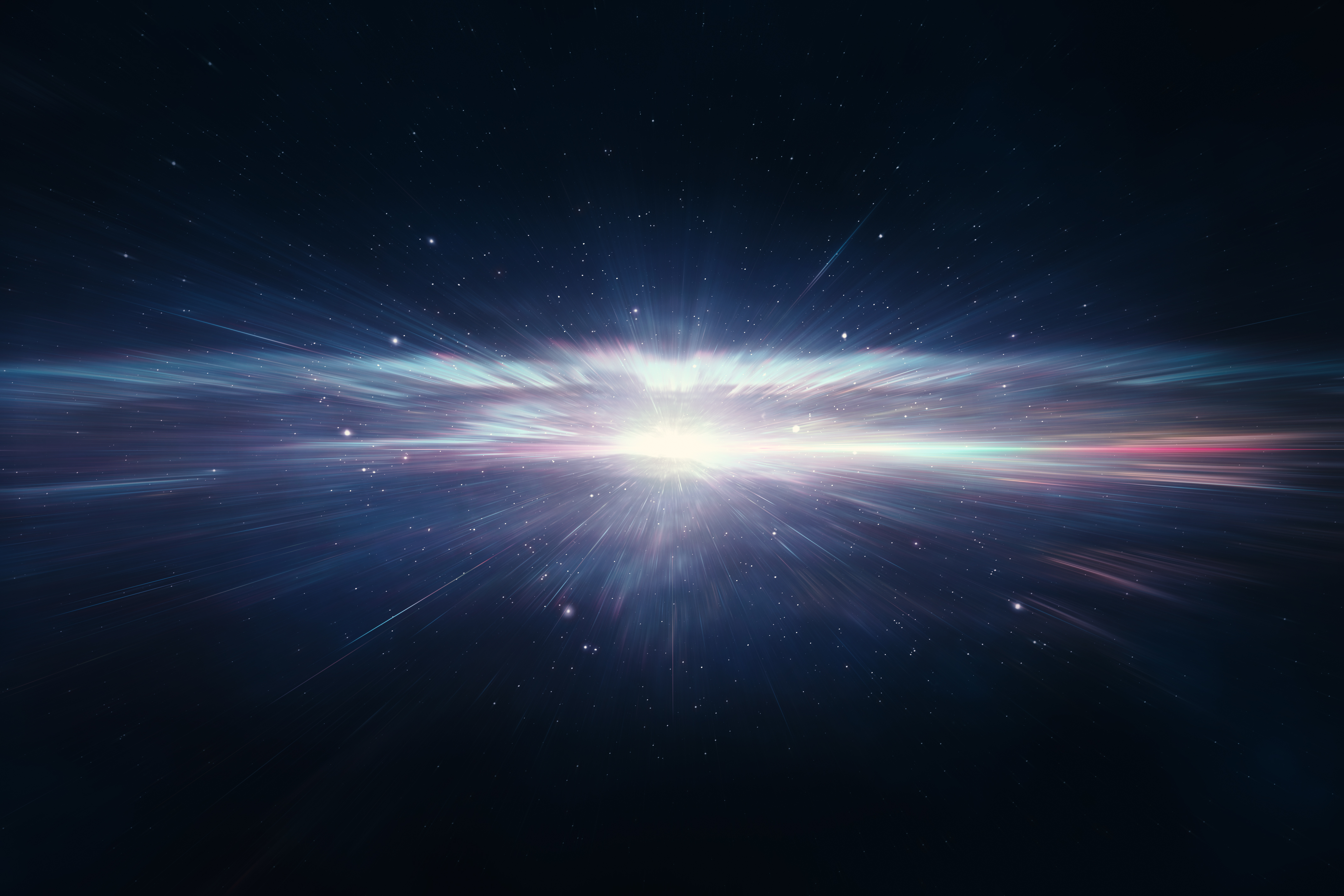
What is cosmology? Definition & history
By Nola Taylor Tillman, Ailsa Harvey published
Reference Cosmology by definition is the branch of astronomy involving the origin and evolution of the universe, from the Big Bang to the future of the cosmos.
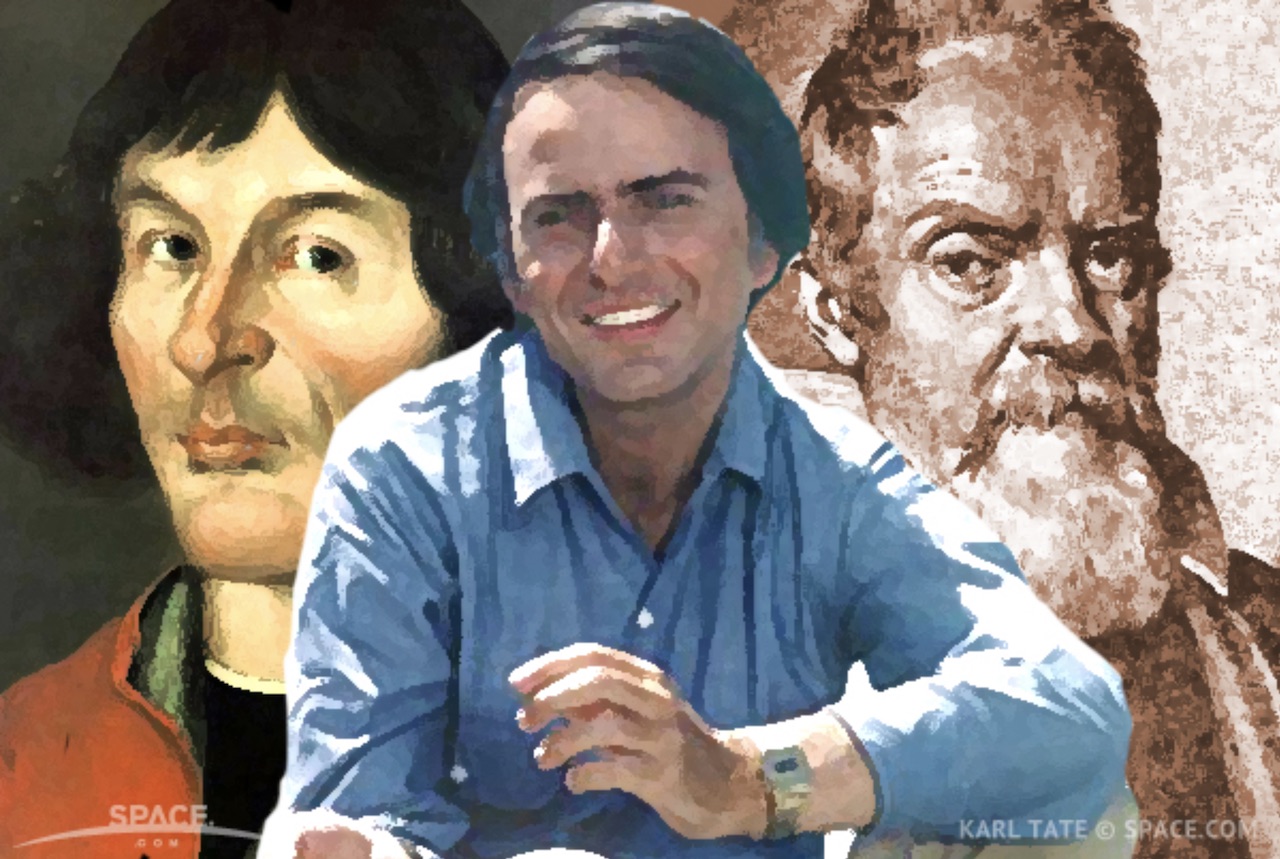
Famous astronomers: How these scientists shaped astronomy
By Nola Taylor Tillman, Ailsa Harvey published
Reference This list of famous astronomers includes great scientists in history who mastered many fields and modern astronomers who helped popularize astronomy.
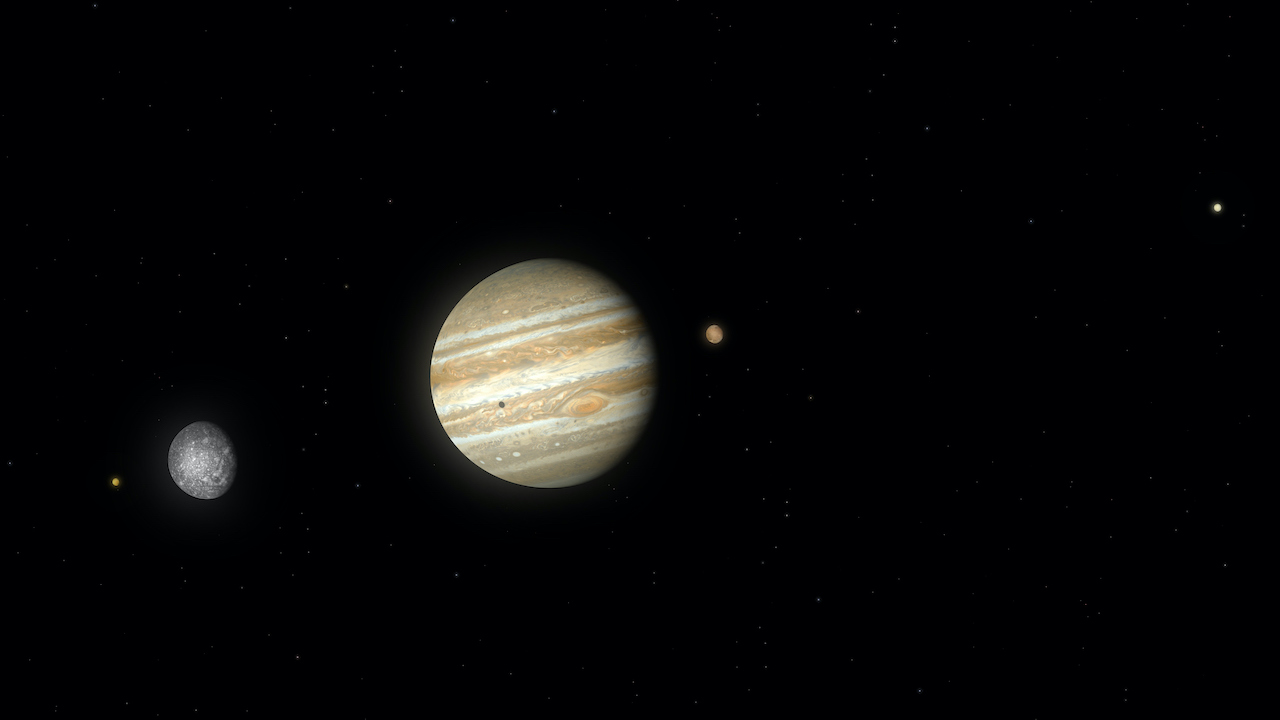
How big is Jupiter?
By Nola Taylor Tillman, Ailsa Harvey published
Reference This gas giant is the largest planet in the solar system, but just how big is Jupiter?
Breaking space news, the latest updates on rocket launches, skywatching events and more!
